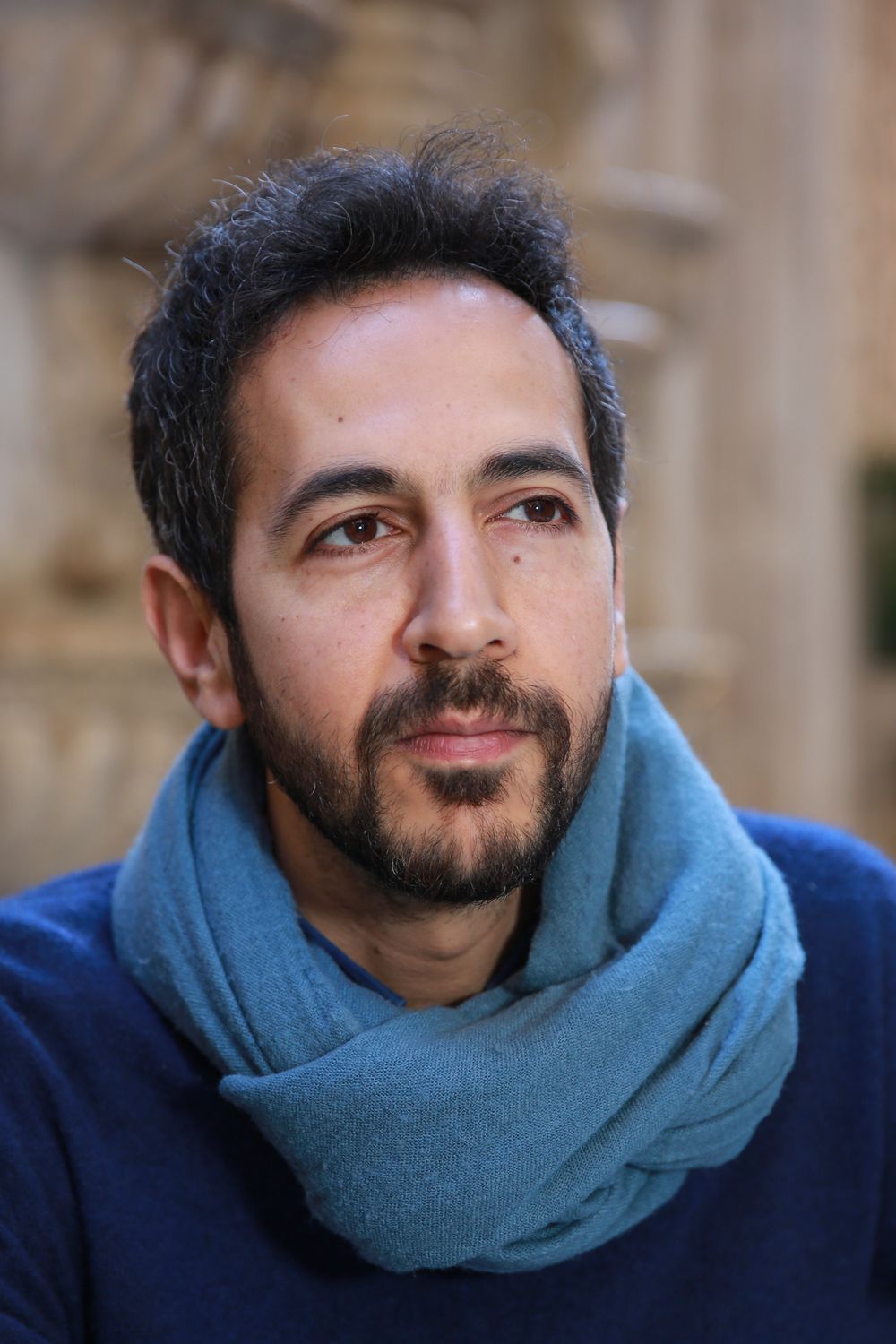Mohamed Siam: “Your point of view is very particular and weird and very limited in that angle. And you’re trying to show them that angle - nothing else.”
Durban Talents 2014 alumnus Mohamed Siam returned to the program as a mentor this year, presenting a talk to emerging film critics and filmmakers from around the continent. Siam is a fiction and documentary filmmaker and cinematographer from Egypt, known for documentaries like Amal (2017) and his feature narrative Carnaval (2020).

Documentary Storytelling
Siam’s talk began with a discussion around what he calls the revolution of documentary storytelling. The filmmaker pointed out that whilst fiction has been around since the birth of cinema, the ideal documentary has been slowly taking shape. More organisations, platforms, and channels than ever before have become interested in the documentary format, which Siam believes has made huge strides in popularity in recent years.
Siam is of the opinion that nothing compares to the visceral moment of documenting a story or a character, however he has plenty of respect and admiration for elements of fictional storytelling, too. For him, blurring the line between fiction and fact is a success, and Siam believes festival programmers are becoming more aligned with this thinking as the years go on.
Casting in Documentary and Fiction
In his talk, Siam spoke about his approach with actors in documentaries versus fiction films. As mentioned, the documentarian feels no need to draw a hard line between the two formats. In documentaries, Siam tries to pull an ‘unreal’ element out of his real-world actors; and in his fiction work, the director searches for real character traits of the actor that may be interesting to explore on-screen. For Siam, the audience not knowing whether something is real or not is a good sign.
Siam also spoke about the importance of casting roles for a main character and gave the Durban Talents participants a series of questions they could use as prompts: “Why did I choose them?” “What do I see in them?”, “What do they represent?” Most critically, Siam added, is what element of this person makes you believe they can carry the film.
Making Meaning in Film and in Life
Siam went on to stress the importance of opening scenes and scenes where the audience meets the main character for the first time. The main character’s motivations are central to the film’s theme, says Siam, making their first appearance on screen crucial. The director advised that filmmakers toy around with different versions of these scenes, interrogating how the sequence of events might affect what is revealed about the character.
Siam also mentioned the power of editing and how it can make or break a film, as it is through editing that the director’s point of view comes to light. This subjective point of view or ‘lens’ an editor applies in collaboration with the filmmaker is what defines the film. It’s the unique part of the filmmaker’s story, or their ‘contribution to cinema’ as Siam put it.
Durban Talents participants were encouraged to pose questions to Siam. Directors sought his advice on non-character-driven stories, casting practicalities, and character development for their ongoing projects, all of which Siam answered with practical advice and insights gleaned from his filmmaking career.